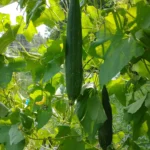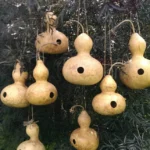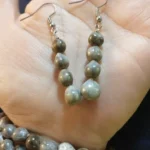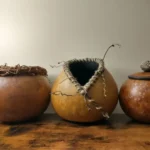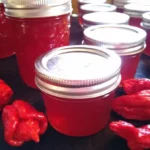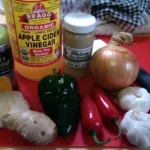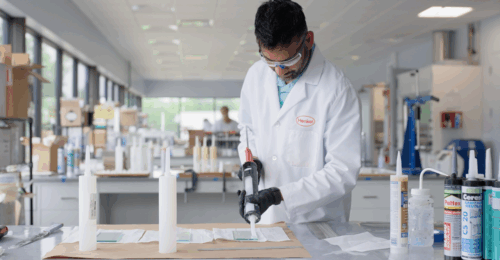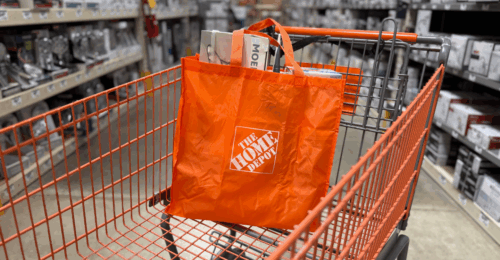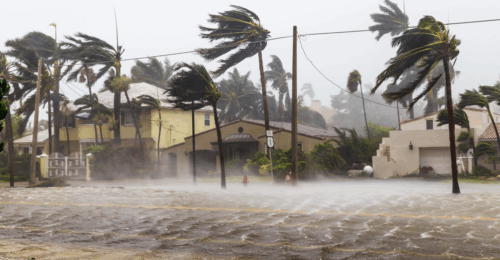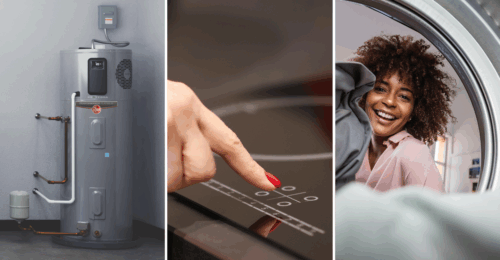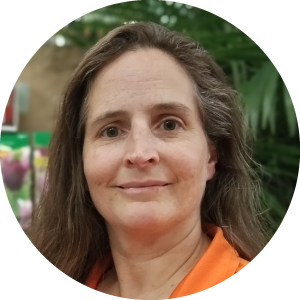 Within The Home Depot, there is a large contingency of eco-conscious associates. They call themselves the Sustainability Squad, and they are living proof that Eco Actions make a difference. They are living a DIY sustainability lifestyle. Each month, we sit down with members of the Sustainability Squad to learn more about their inspiration, motivation and individual Eco Actions.
Within The Home Depot, there is a large contingency of eco-conscious associates. They call themselves the Sustainability Squad, and they are living proof that Eco Actions make a difference. They are living a DIY sustainability lifestyle. Each month, we sit down with members of the Sustainability Squad to learn more about their inspiration, motivation and individual Eco Actions.
This month, we talked to Amanda Jones, a Travel MET associate who recently celebrated 15 years at The Home Depot. Amanda takes her sustainability efforts seriously. She’s committed to transforming her property into a fully fledged homestead, growing her own food, making her own products and eliminating invasive plants to encourage the growth of native species. We sat down with Amanda to find out more about her efforts, learn what inspired her, and hear her tips for homesteading and gardening.
EA: Hi, Amanda! What made you want to transform your outdoor spaces?
AJ: When I started down the homesteading path, I dreamt of having a property where everything has a purpose and the more uses, the better. I knew I wanted to grow, harvest, and preserve as much of my own foods and goods as possible.
I started looking for a property suitable for homesteading many years ago and finally moved to my current property in early 2022. I have almost three acres of mostly wooded land on the edge of a small town. I knew I needed to take action to remove the invasives and replace them with natives that will provide a better habitat for all our creatures, big and small. It will be a long process, but I am committed to doing the right thing.
My side yard was my only cleared, flat space with sun, so that is where my gardens are. I started the gardens last year using the Back to Eden Method and designated four areas: Three Sisters Garden, herb garden, native perennial flowers and annual veggie. I lined the road frontage with fruit and berry bushes, as well as native shrubs that I’ll be able to use for crafts and decor. The other side of the garden was lined with brambles, and I have various other fruit trees that I planted amongst it all.
The woods will be my biggest project that I’ll work on for the rest of my time. In the first area I started last fall, I will be planting willows that will be used for toys for my bunnies, as well as wreath-making and trellis-building.
I used many layers of newspaper or cardboard and many inches of woodchips to create an ideal growing environment. I covered almost the entire side yard last year, and I worked on covering the rest of that area this year. I added a few raised bed kits from The Home Depot for a new cut-flower garden, a Peter Cottontail-themed garden and a few root vegetable beds.
EA: How did you decide on planting fruit and nut trees? Which species did you choose and why?
AJ: I want to grow as much as I can of things that I can eat or use. I had to pick semi-dwarf and dwarf varieties of fruit trees since I’m limited on sunny space. I picked a few apples and crabapples, cherries and fruit shrubs like elderberry, aronia berry, serviceberry, gooseberry, blueberry and more. In one area of my woods, I discovered that I have a grove of sassafras trees. When I clear the invasives around that area, I will plant a grove of our native pawpaws, persimmons and mulberries.
EA: How did you create your plan to eliminate the invasive species in your yard?
AJ: After I had the state forester walk my property, he identified all the invasives and gave me a plan of action.
EA: What inspired you to become more mindful about your consumer habits?
AJ: I strive to reduce my trash and encourage others to do so, too. I try to reduce, reuse and repurpose, even before I put something in the recycling bin, and I make a conscious effort to reduce my single-use products. I make tote bags out of old feed bags and sew aprons out of my old jeans. I preserve a lot of food and utilize mason jars for lots of things. I started making reusable paper towels, and I make beeswax wraps instead of using disposable plastic wrap.
EA: Do you have any favorite flowers or plants from your gardens?
AJ: I absolutely love growing herbs and growing food for my bunnies.
EA: Do you have any suggestions for people who want to grow native shrubs and plants on their land or start a garden?
AJ: First, do your research on what is native to your area. Join local garden groups – building community is so important, and the garden community is a special one. Many gardeners will offer cuttings, root divisions or seeds to help you in your journey. You can also seek out your local agricultural extension office and Master Gardener program, as well as keep an eye out for county or state programs that offer inexpensive plant sales or free trees. My state just happened to have a program to distribute free trees to landowners who met certain criteria, so I received many saplings from the Keystone 10 Million Trees Project.
Another option is to do what I did and volunteer at a local CSA (community-supported agriculture) farm and get hands-on experience at growing food. If you are unable to start a garden at your place, look for a local community garden. When I moved to my property, I found a local church that wanted to start a community garden, but they needed someone to take it on. This year, we launched the community garden, and I also offered to lead monthly workshops to help others in their journey.
EA: Is there anything you’d like to say to other associates or homeowners who are curious about what it means to embrace sustainability?
AJ: I encourage everyone to do a deep dive and see how they can affect a positive change in their community.


